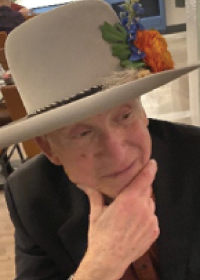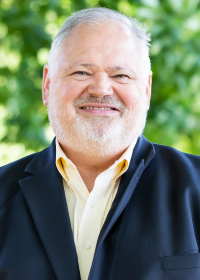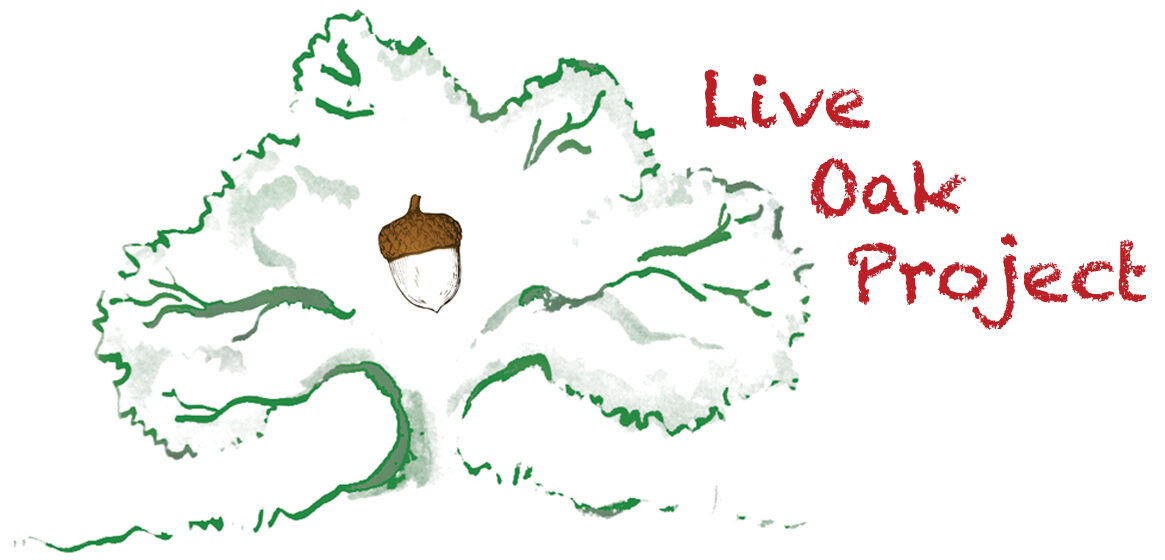By Jeff Jerebker & Rick Gamache

If there was a way to go back to 1965 and have a do-over on nursing home design in America, we would not create or accept the institutional architecture, the chronic under-reimbursement and dysfunctional regulatory system that are hallmarks of our current reality. We suspect most stakeholders feel the same way.
With the tragedy of the COVID pandemic, we must ask ourselves why we can’t unite to go forward with the painful lessons of the past. Why can’t we drive home a better future for elders and younger disabled residents that need a more comprehensive level of care and support?
We need to reimagine the whole system of long-term care and the very culture that drives it. That includes physical nursing home design, how each person is cared for, the lack of living wages for direct caregivers, and the systems of regulation and reimbursement. The Live Oak Project was born in response to the catastrophe of COVID-driven nursing home deaths to boldly advocate for how and where we age.
We are not naïve to the daunting challenges of this imperative vision. We are totally aware of the limits of the present system and the many stakeholder organizations, each with their own interests and investments. Does this mean we are doomed to, at best, marginal change that won’t significantly reach down to the root of the problems of institutional environments, workforce inequities and shortages, and a culture of care whereby the provider, rather than the resident, is at its center?

